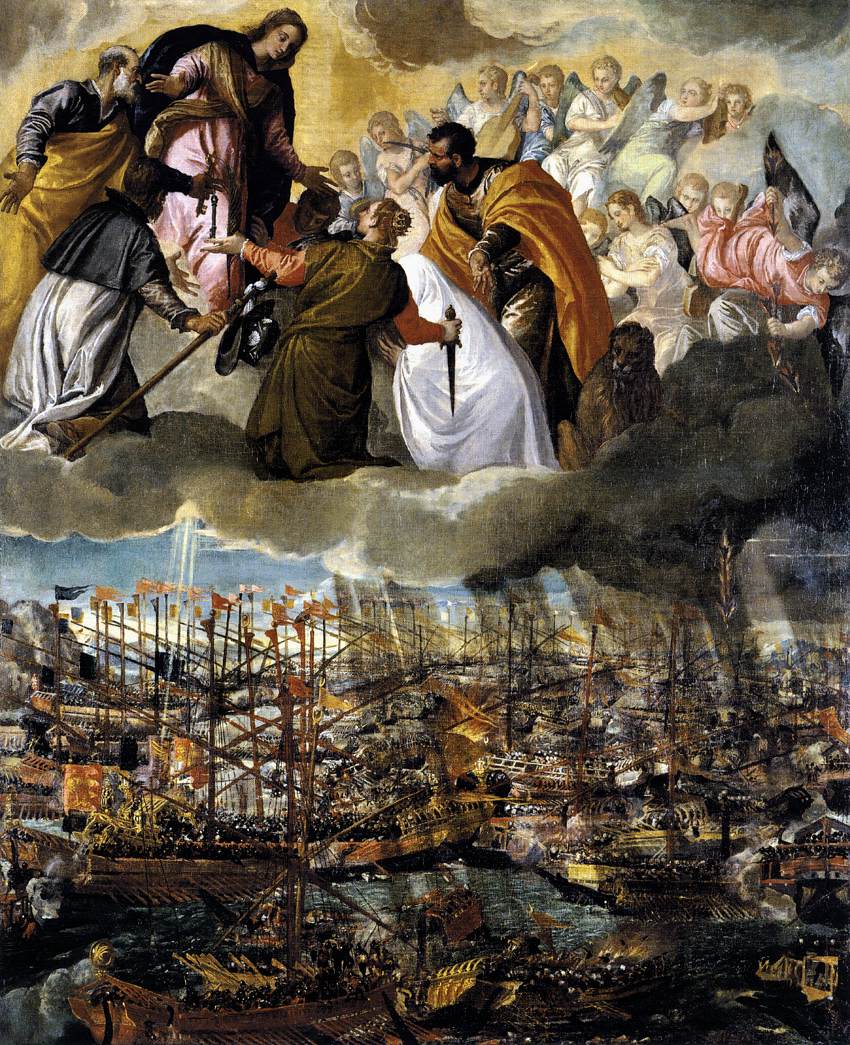Description
The painting "Battle of Lepanto" by the artist Paolo Veronese is a masterpiece that captures a pivotal historical moment in the 16th century. This painting, with an original size of 169 x 137 cm, presents a series of interesting aspects that make it a unique piece in the history of art.
In terms of artistic style, Veronese is noted for his ability to depict historical scenes in a dramatic and detailed manner. In "Battle of Lepanto", the artist uses a realistic technique that highlights the action and movement of the naval battle. The characters are rendered with great precision, showing both their gestures and facial expressions, adding a level of realism and emotion to the scene.
The composition of the painting is another highlight. Veronese uses a diagonal arrangement that guides the viewer's gaze through the scene. Ships and human figures are evenly distributed on the canvas, creating a sense of harmony and dynamism. Furthermore, the artist uses perspective to give depth to the scene, which contributes to the feeling of immersion in the battle.
The use of color in "Battle of Lepanto" is another impressive element of this work. Veronese employs a rich and vibrant palette, with intense shades of blue, red, and gold. These colors are used to highlight both the majesty of the ships and the violence of the battle. Contrasts between light and shadow, as well as reflections from the water, add an extra level of depth and realism to the painting.
As for the history of the painting, "Battle of Lepanto" depicts the famous naval battle that took place on October 7, 1571 in the Gulf of Lepanto, during the war between the Ottoman Empire and the Holy League. The battle was a crucial victory for the League, led by Spain, Venice and the Papal States, and marked a turning point in the fight against the Ottoman advance into the Mediterranean.
Although Veronese's work is widely known, there are some lesser-known aspects of this painting. For example, the artist is believed to have included portraits of real people in the work, including various members of the Venetian nobility. Additionally, Veronese added symbolic details to the painting, such as the presence of angels in heaven, representing divine intervention in battle.
In short, Paolo Veronese's "Battle of Lepanto" is a fascinating painting that combines a realistic artistic style with dynamic composition and masterful use of color. This work captures a key historical moment and presents little-known aspects that add an extra level of depth to the painting.

